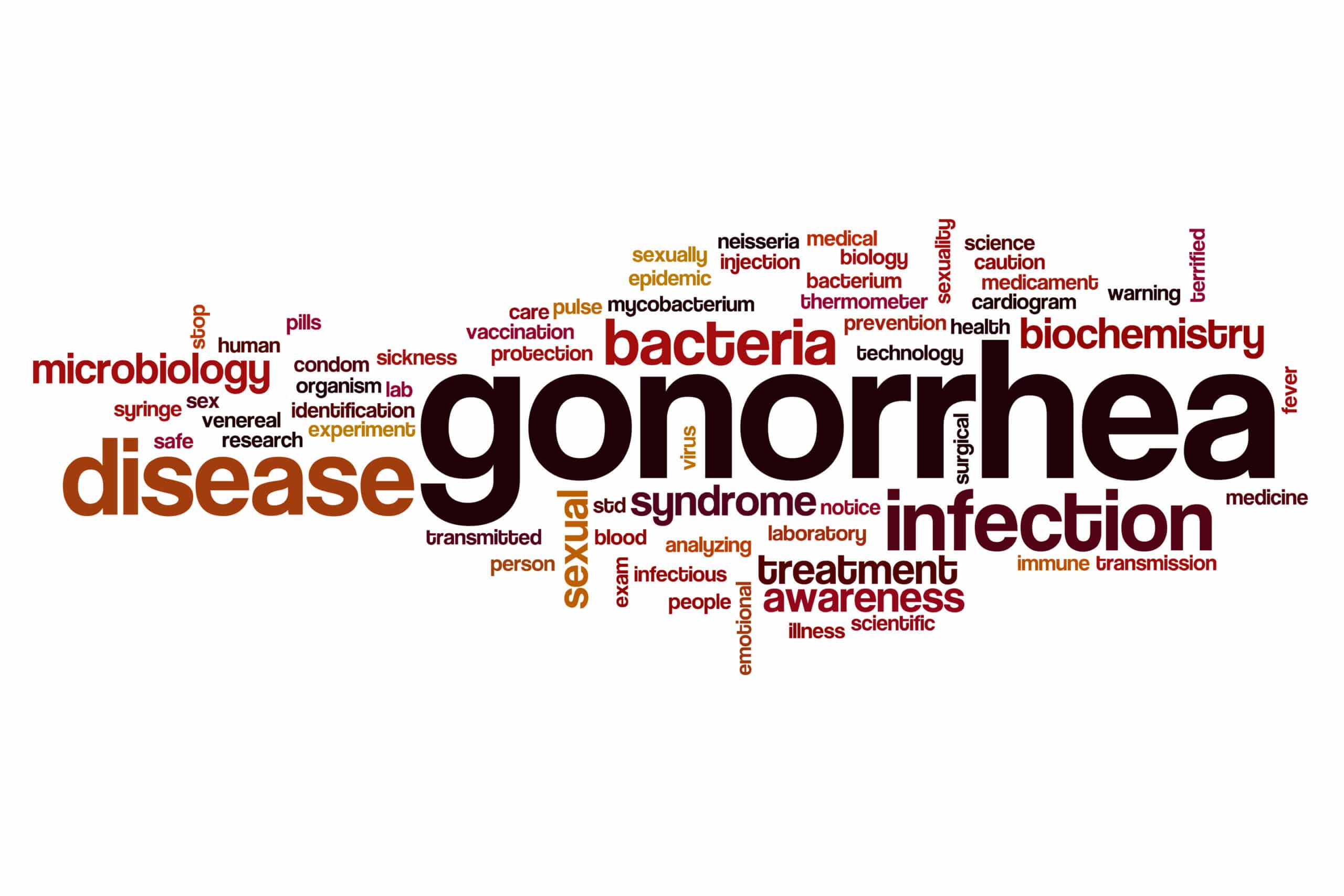Classed as one of the superbugs Neisseria gonorrhoeae is a sexually transmitted disease that has developed resistance to all classes of antibiotics available for treating infections which infects 78 million new cases yearly worldwide, and can be highly damaging if left untreated or improperly treated. Gonorrhea can lead to pelvic inflammatory disease, endometritis, epididymitis, ectopic pregnancy, and infertility.
Gonorrhea infections are very often silent with up 50% of infected women not displaying symptoms, even asymptomatic cases can still have severe consequences for reproductive health, miscarriage, premature delivery, and infants born to infected mothers have increased risk of blindness.
There is a clear need for better antibiotic therapies as Neisseria gonorrhoeae strains have emerged to have developed resistance to the last effective treatment options. Body’s rely on lysozyme enzymes to thwart bacteria by causing their cell walls to break apart. These lysozyme are found in epithelial cells and in phagocytic cells. Many gram negative bacteria have developed methods of defeating lysozyme fighting proteins.
Until recently only one lysozyme fighting protein had been identified in Neisseria gonorrhoeae, now that new targets have been identified researchers can explore new antibiotic candidates. Should the lysozyme inhibitor itself be inhibited the bacteria’s infection causing ability can be reduced if not stopped.
The new protein is surface exposed lysozyme inhibitor of c-type lysozyme, or SliC for short. Investigating its function in cultures as well as model mice and checked for surface exposed lysozyme inhibitor of c-type lysozyme expression at days one, three, and five researchers determined SilC was critical to bacterial colonization due to its anti-lysozyme role.




